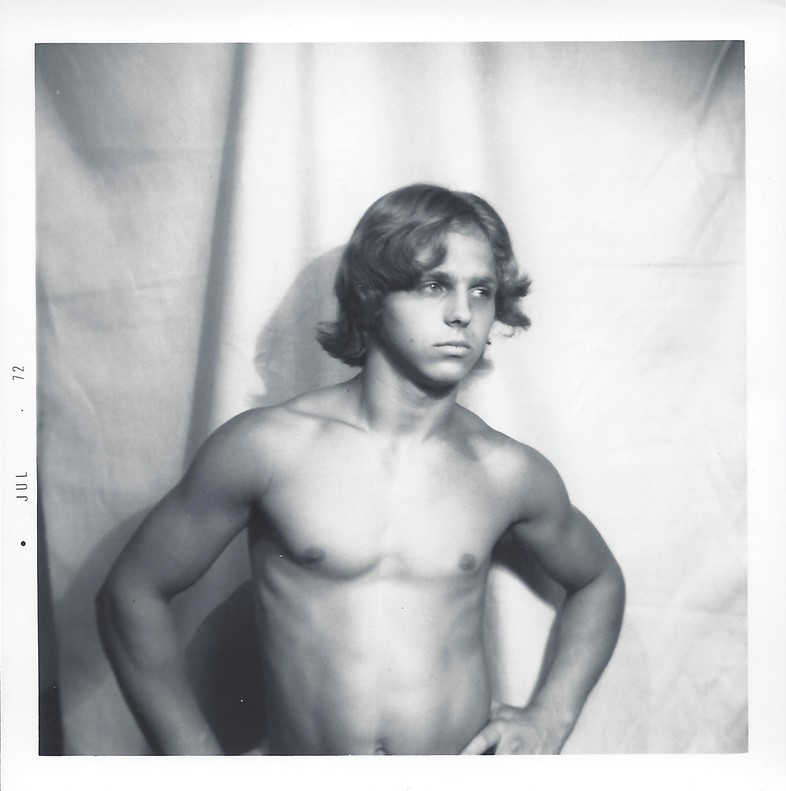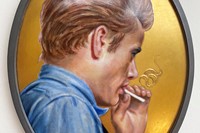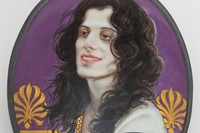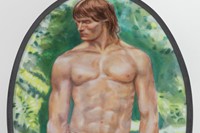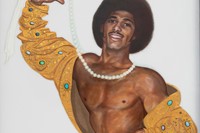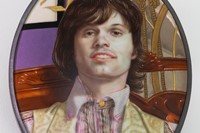A new exhibition in New York showcases the work of Kenneth Kendall, an artist who sculpted James Dean, Marlon Brando and more in the bohemian atmosphere of late 20th-century Los Angeles
Back in the 1950s, Hollywood’s fabled Melrose Avenue was still a sleepy street home to cabinetmakers and print shops catering to the local community. Walking home from junior high school one day in 1953, Bruce Lane and his friends came upon a bust of Marlon Brando prominently displayed in the window of Kenneth Kendall’s art studio. Like Lane, Kendall was a Los Angeles native, albeit a generation older. Born in 1921 to a showbiz family, Kendall graduated from Los Angeles High School in 1940 before serving in the US Navy where he began drawing from life, using his fellow sailors as models. When he returned home he set to work as an extra in films including Citizen Kane, The Story of GI Joe, and Knights of the Round Table – but it was off-screen where his passions lay.
In 1948, Kendall opened his first studio on Melrose Avenue, transforming the space into a salon reminiscent of centuries past. As a self-taught painter and sculptor, he crafted a life on his own terms, working feverishly into the night and rising at noon. While working on the set of Julius Caesar, he met Brando on the rise, deftly embracing the classical aesthetics of ancient Rome in his bust while leaving the centre of the eyes open in the tradition of Japanese Noh masks.
The dazzling combination captured the imagination of Lane and his friends, who gathered outside the studio jostling for a glance. “Ken noticed children pushing their noses against the windows and eventually came out,” says Lane, who returned to the studio time and again with friends in tow. At home amid this little slice of bohemian life, he listened as Kendall shared stories of behind the drawings and sketches that filled the walls, not knowing that those early encounters would lead to a friendship that continued throughout their lives.
As it so happened, Lane wasn’t the only passerby to take note of the Brando bust. “One day, Ken mentioned that a one-legged girl came in and inquired whether he might be interested in meeting a young actor who was interested in meeting him,” Lane recalls. “It turned out to be James Dean. He came round and was interested in everything that was in the shop. Then he concluded the meeting by suggesting that Ken do a sculpture of himself, although nobody knew who James Dean was at that moment.”
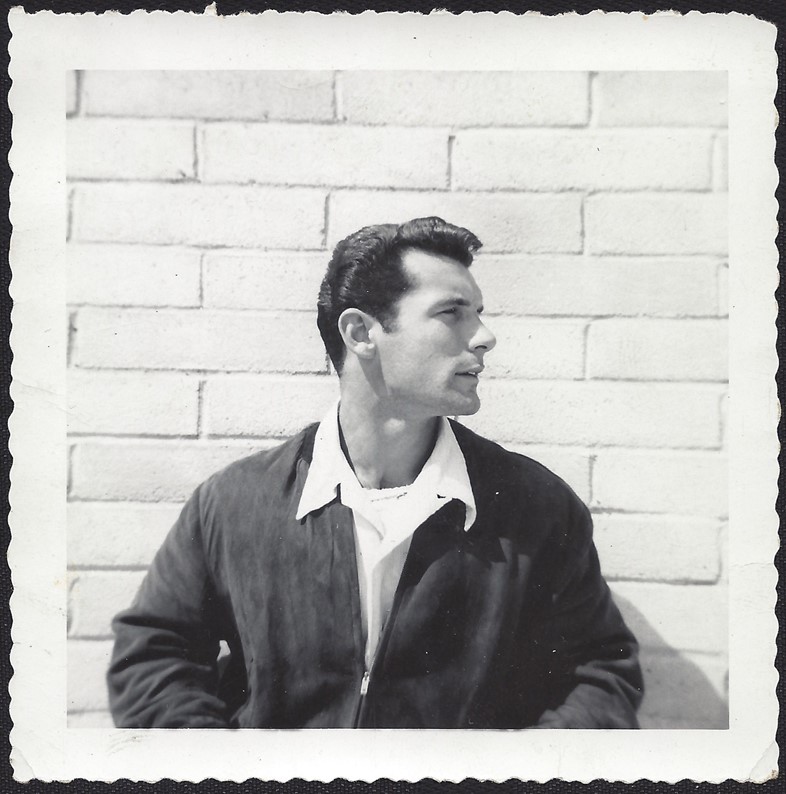
Like a meteor, Dean’s arrival came hot and fast in 1955 with his untimely death at age 24 bookended by the release of East of Eden and Rebel Without a Cause. It was in death that Dean embodied an archetype of American rebellion at its most nihilistic peek: live fast, die young and leave a beautiful corpse. “As soon as Ken heard, he took that as an indication to begin the sculpture,” says Lane, who watched him at work over the better part of a year creating a bronze bust that now resides on the grounds of the Griffith Observatory with the iconic Hollywood sign as a backdrop.
In 1959, Kendall closed up the Melrose Avenue studio, reinventing it adjacent to his childhood home on Flores Street. His father was a theatrical agent, and his brother inherited the family business, providing connections into this rarified world. At the same time, Kendall naturally gravitated towards the burgeoning counterculture scene, making waves on Sunset Strip as the 1960s kicked into high gear following the Summer of Love.
Once again Kendall’s studio was the center of bohemian life, with a glittering coterie of underground fixtures in the mix including Kenneth Anger, Mick Jagger, and Mae West. He readily befriended a bevy of beauties welcoming a new generation of Hollywood actors like Harry Hamlin, Jon Voight, and Jan-Michael Vincent into his world. Inspired by his childhood love for 18th-century British portraiture, Kendall transformed his muses into a pantheon of porcelain miniatures, now on view in Kenneth Kendall: Hollywood Miniatures at Daniel Cooney in New York.
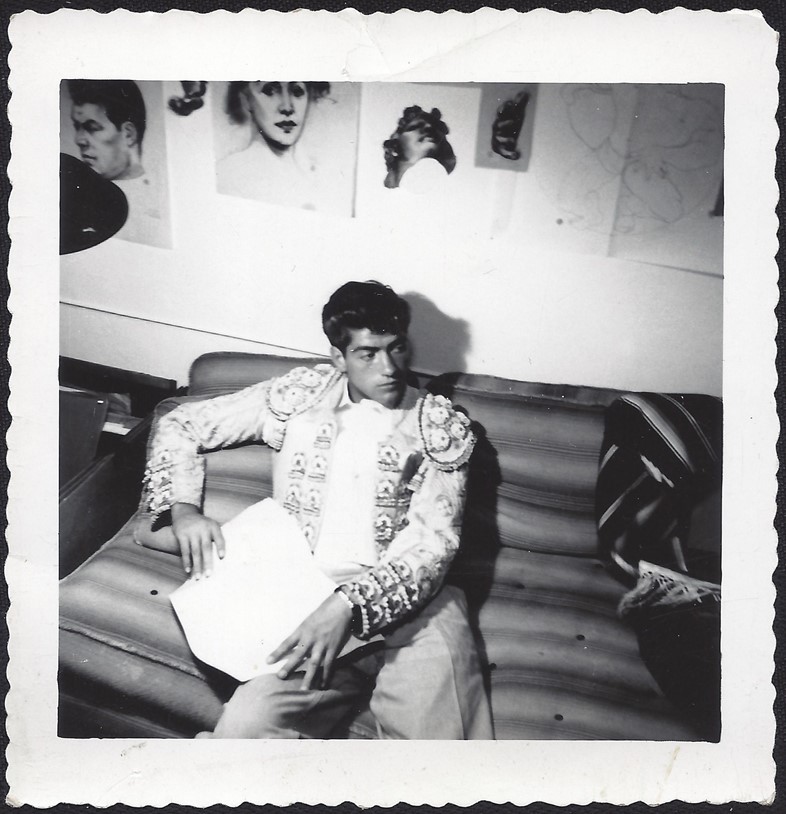
Using the photograph as source material, Kendall was perfectly attuned to the pop art ethos of the era. Like Andy Warhol, he both made his own photographs and appropriated celebrity snaps, reimagining the image in an unlikely medium. The exquisite precision required to create these layered works was an act of devotion in and of itself. Amid the pearl-encrusted portraits of Marilyn Monroe, Jean Harlow, and Linda Evans lay a treasure of Hollywood golden boys whose names may have been lost to history were it not for Kendall.
Dennis Wayne Pickett at 18 (1978) stands valiantly against a night sky, a young Mark Hamill type, while Glenn Morshower at 16 (1976) is Archie Andrews come to life. Kendall readily bestowed upon them the same glamour and grandeur he brought to his portraits of opera divas Beverly Sills and Leontyne Price because it was never about celebrity or fame, but the people themselves.
Kenneth Kendall: Hollywood Miniatures is on show at Daniel Cooney in New York until 24 February 2024.
